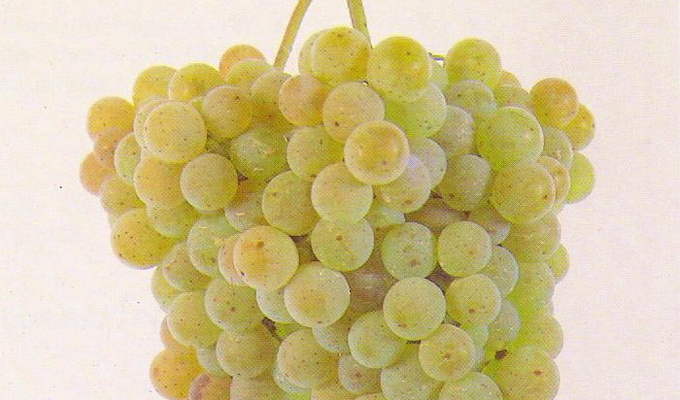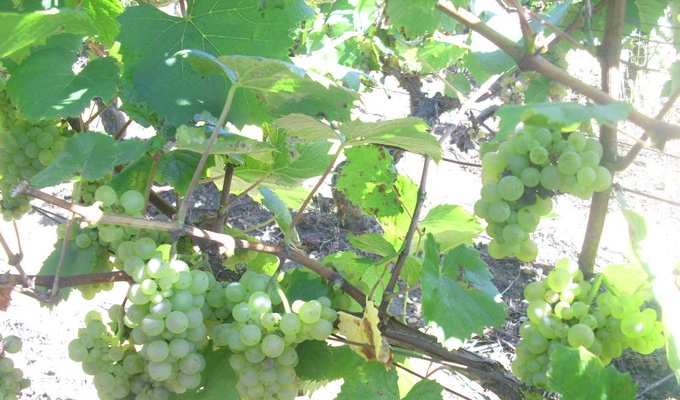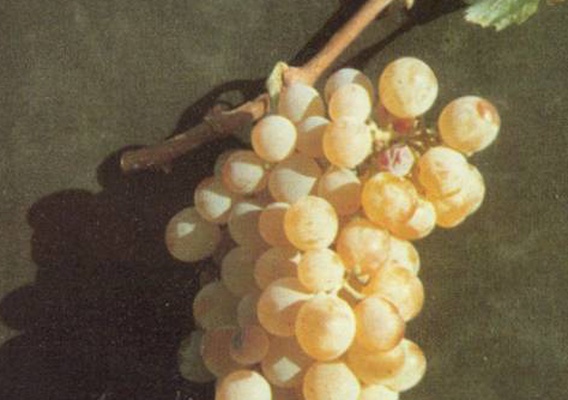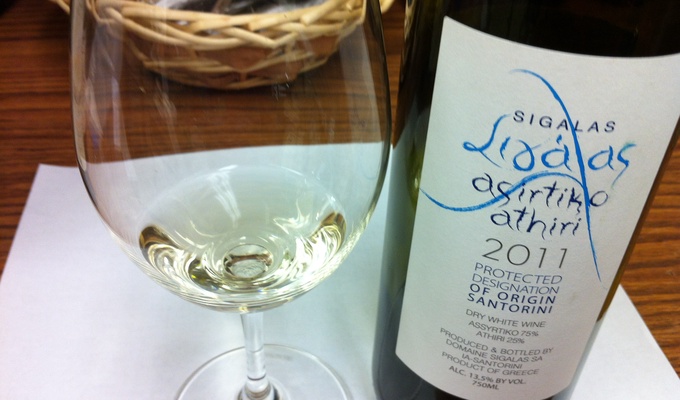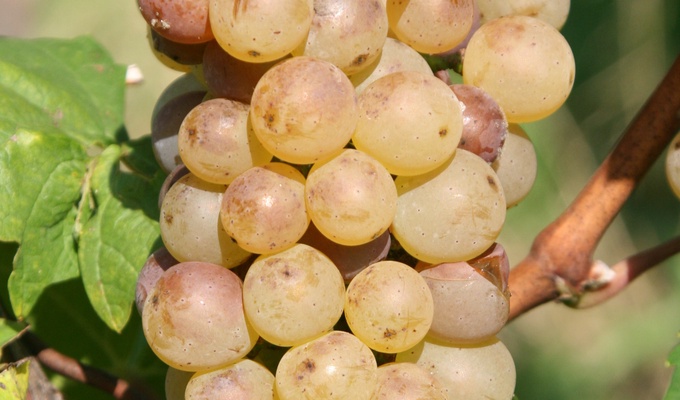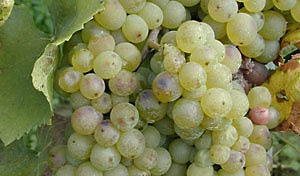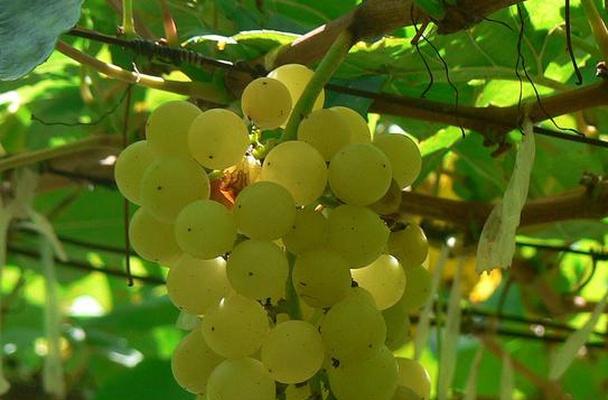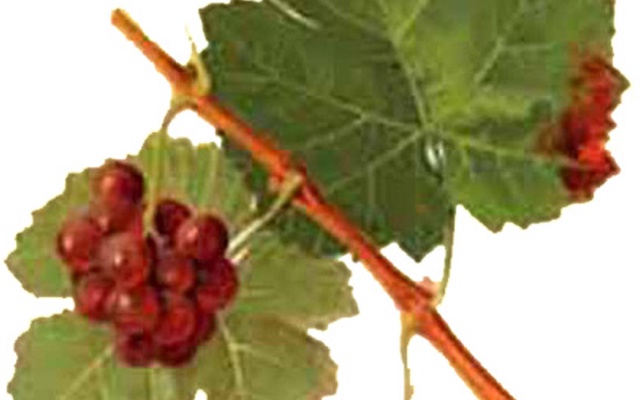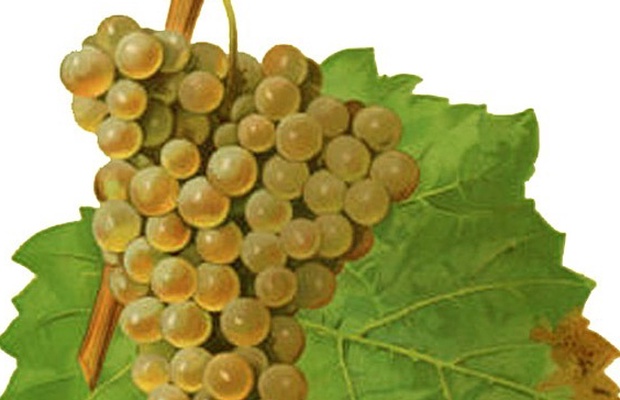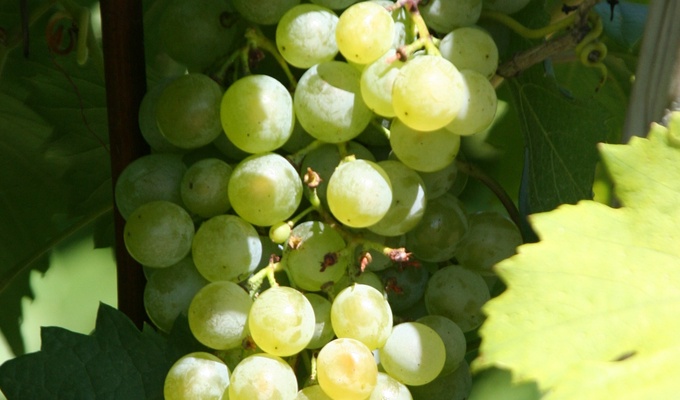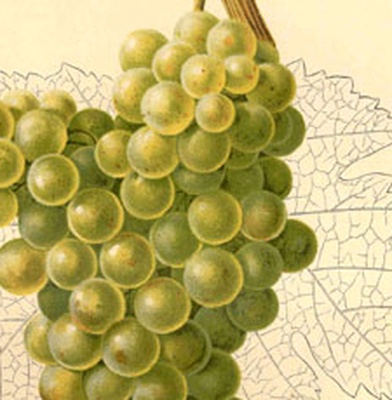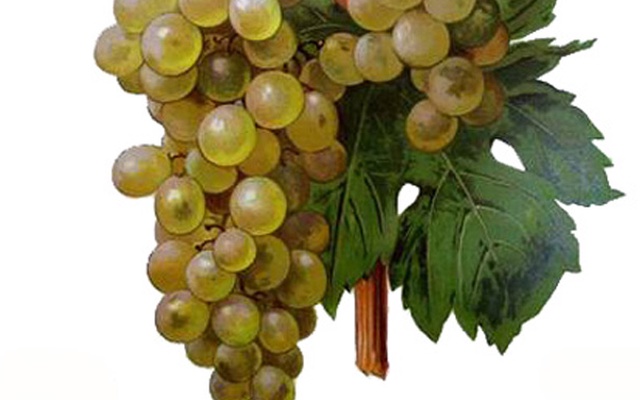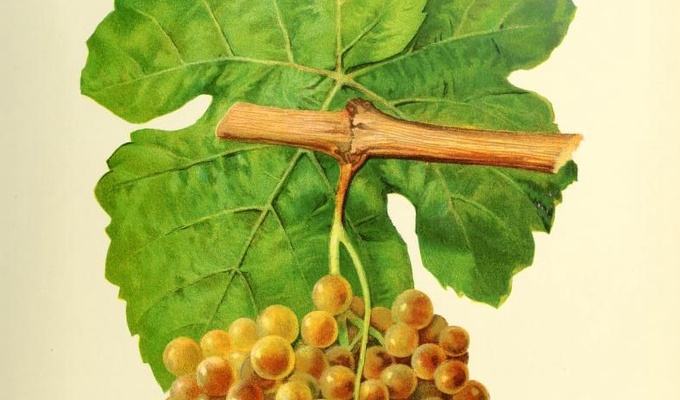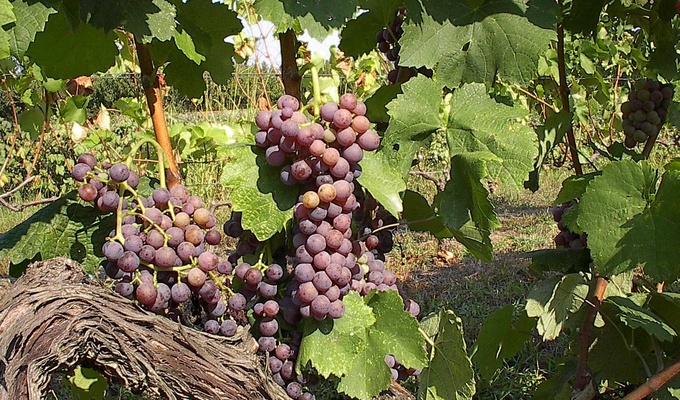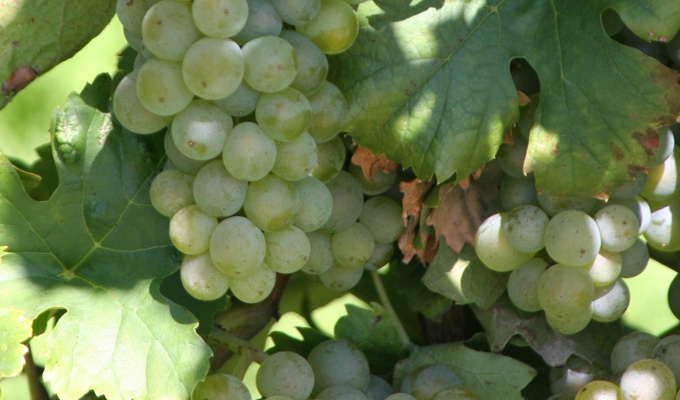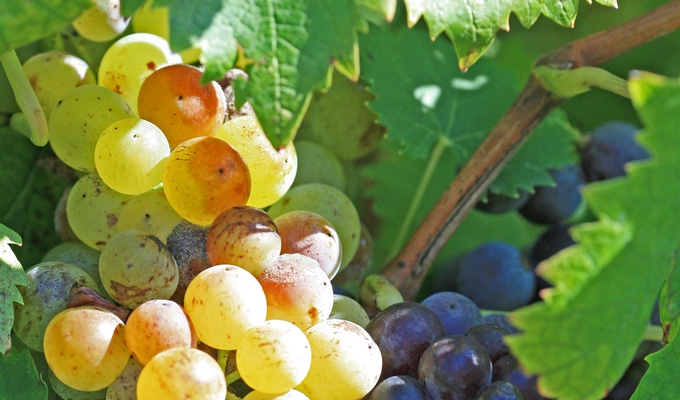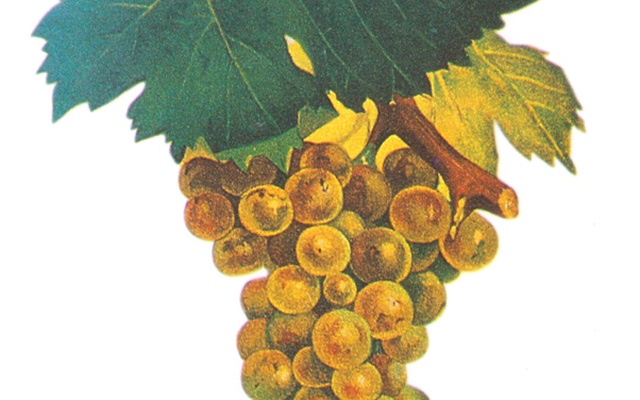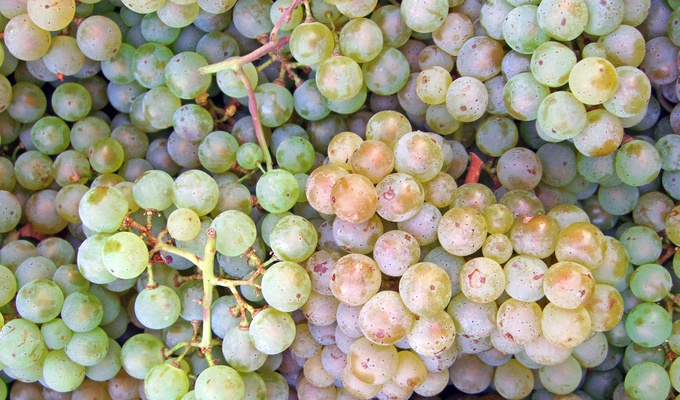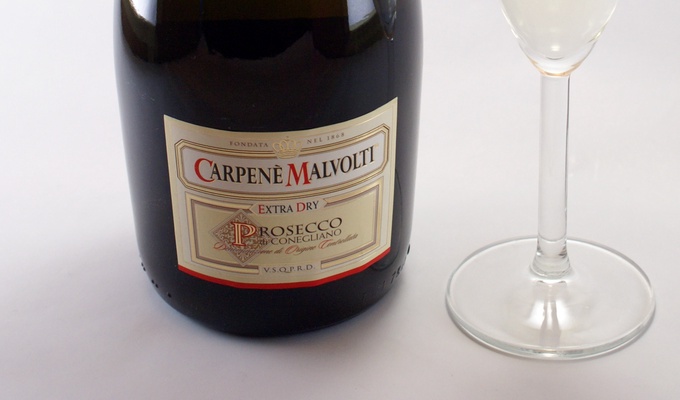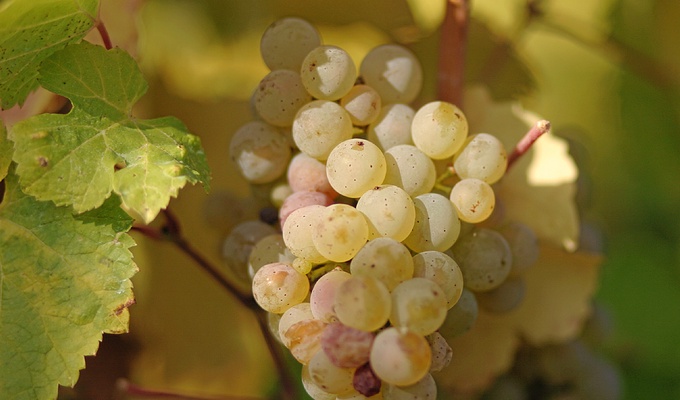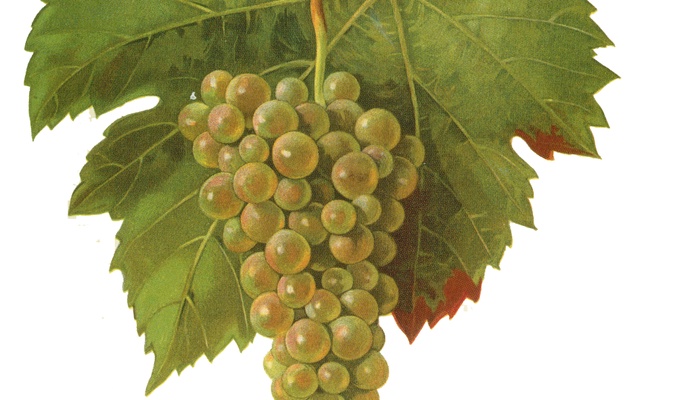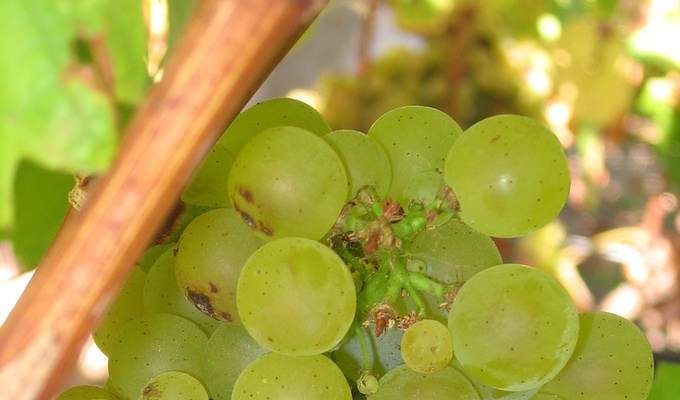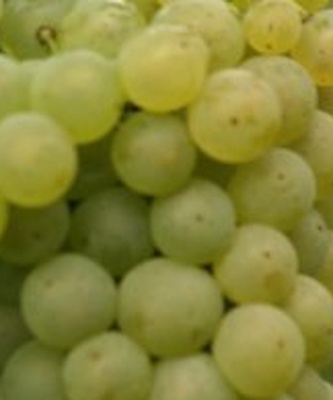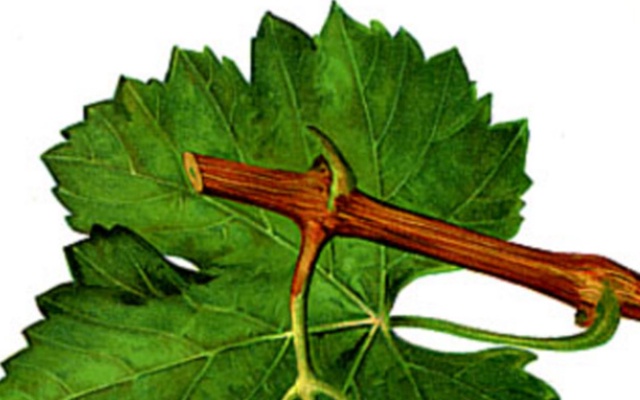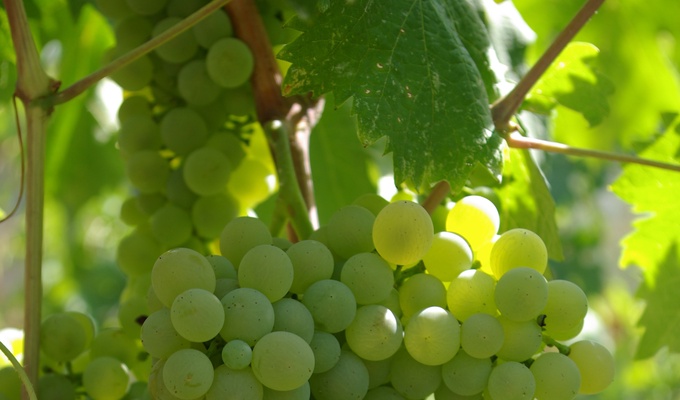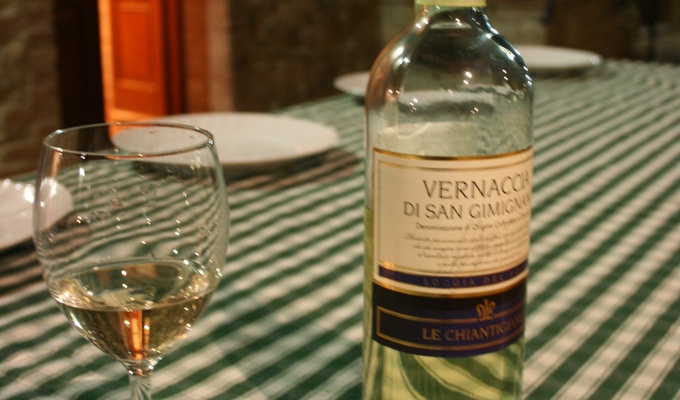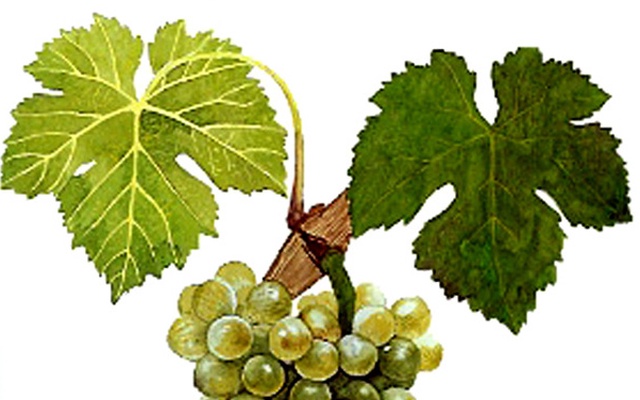A white wine grape is characterized primarily by the color of its skin, which ranges from translucent green to yellow, distinguishing it biologically from red wine grapes, which possess dark blue, purple, or black skins. The key pigment absent in white grape varieties is anthocyanin, which is responsible for red and violet coloration in grape skins.
Notable white grape varieties include Chardonnay, Sauvignon Blanc, and Riesling. White wine grapes tend to have higher acidity and lighter body compared to red varieties, contributing to flavor profiles that often include citrus, green apple, pear, peach, floral, and mineral notes.
Historically, white wine grape cultivation can be traced to regions in the Middle East and Europe as early as 7000–4000 BCE. Through selective breeding, ancient viticulturists isolated desirable traits such as lighter skin and lower tannin content for the production of white wine styles. Genetic studies have shown that many modern white grape varieties resulted from natural mutations or intentional crosses between red and white cultivars.
